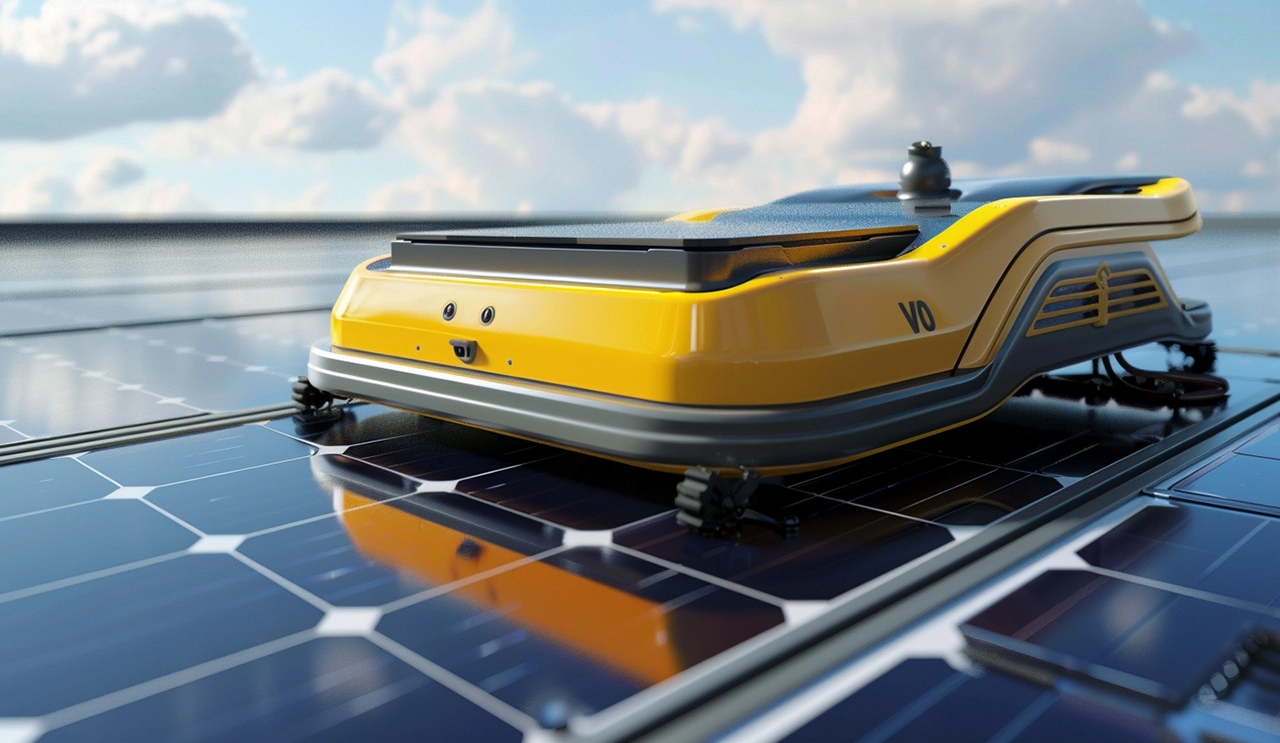
WIRELESS CHARGING IN THE NEWS
In today's rapidly developing field of electric equipment, wireless charging technology is bringing unprecedented flexibility and convenience to the power supply of various types of equipment. Wireless chargers of 24V, 36V, 48V and 96V are available, which not only meet the needs of different voltage levels, but also provide efficient and safe solutions for various application scenarios.
The core of wireless charging lies in the electromagnetic induction technology, which realizes the non-contact transmission of electric energy through the magnetic field coupling between the transmitter and the receiver. 24V, 36V, 48V and 96V wireless chargers work similarly, but there are obvious differences in design and application. 24V wireless chargers are usually used for small electronic devices and light electric vehicles, such devices have low power requirements, but high stability and safety requirements for charging. The 36V and 48V wireless chargers are widely used in electric bicycles and medium-sized electric vehicles, they need higher power to support the long-term operation of the equipment, so in the charger design, more attention is paid to efficiency and heat dissipation performance.
With the popularity of electric vehicles, 96V wireless chargers have gradually become a trend. The high voltage brings stronger energy transmission capacity, which can meet the fast charging needs of large electric vehicles. Such chargers need to be designed to address electrical safety issues at high voltages, while ensuring that the energy loss during charging is minimized. Therefore, 96V wireless chargers are usually equipped with more complex control circuits and more efficient cooling systems to ensure that the system can operate safely and reliably during high-power charging.
Wireless chargers of different voltage levels have their own characteristics, but their common goal is to improve charging efficiency, reduce equipment downtime, and maximize user experience. By optimizing the coil design and enhancing the coupling efficiency of the system, modern wireless chargers can achieve efficient energy transmission at various voltages, while also providing intelligent detection and adaptive regulation. These features allow the charger to adjust the charging power according to the real-time needs of the device, avoid overcharging or undercharging, extend battery life, and improve the overall performance of the device.
In practical applications, the diverse design of 24V, 36V, 48V and 96V wireless chargers brings great flexibility to different industries. For example, in the field of warehousing and logistics, different types of AGV cars may require chargers of different voltages to meet their operating needs, and the introduction of wireless charging not only improves work efficiency, but also reduces the complexity of mechanical docking and reduces the maintenance cost of equipment.
More importantly, multi-voltage wireless chargers provide unlimited possibilities for future smart devices. With the development of Internet of Things technology, the interconnection and collaboration of various types of devices will become more frequent. Wireless charging, as a seamless way of energy supply, can better adapt to this highly interconnected environment and promote seamless cooperation between devices.
In short, 24V, 36V, 48V and 96V wireless chargers not only provide tailor-made energy solutions for different devices, but also help industries move towards a more intelligent and automated future with their efficient and safe charging characteristics. With the further development of technology, wireless charging will become an indispensable standard for all types of electric equipment, making energy acquisition simpler and more intelligent.







